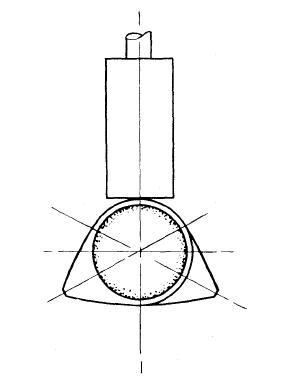How do you guys turn the crank in your TR3 whilst searching for TDC in order to do the valve clearances?
I have a remote start switch so can use the starter motor but that isn't real precise. I would like to be able to turn the crank by hand but
even with all the plugs removed i can't get enough torque on the radiator fan to turn it over.
Alas, no hole in the radiator for a hand crank
Thanks for your input
I have a remote start switch so can use the starter motor but that isn't real precise. I would like to be able to turn the crank by hand but
even with all the plugs removed i can't get enough torque on the radiator fan to turn it over.
Alas, no hole in the radiator for a hand crank
Thanks for your input

 Hi Guest!
Hi Guest!

 smilie in place of the real @
smilie in place of the real @
 Pretty Please - add it to our Events forum(s) and add to the calendar! >>
Pretty Please - add it to our Events forum(s) and add to the calendar! >> 



